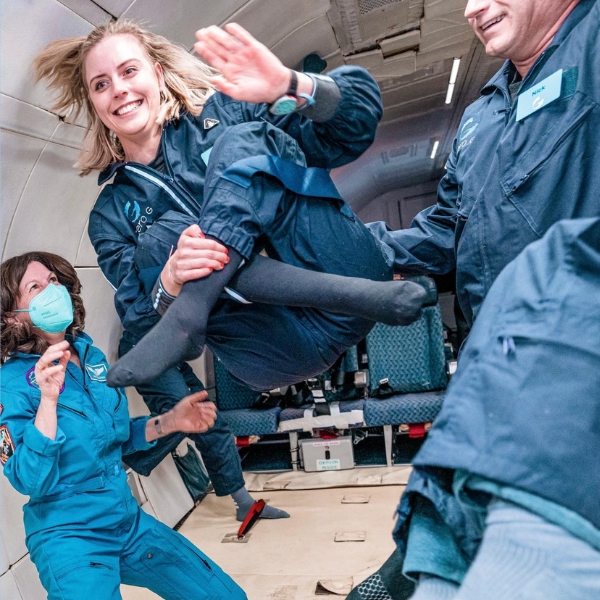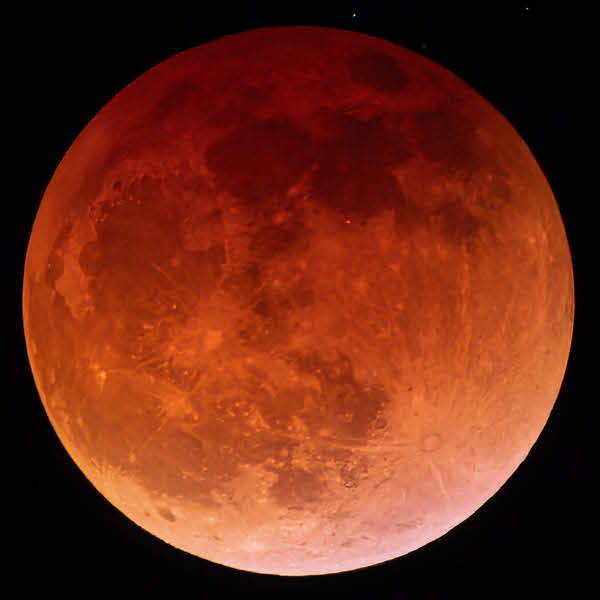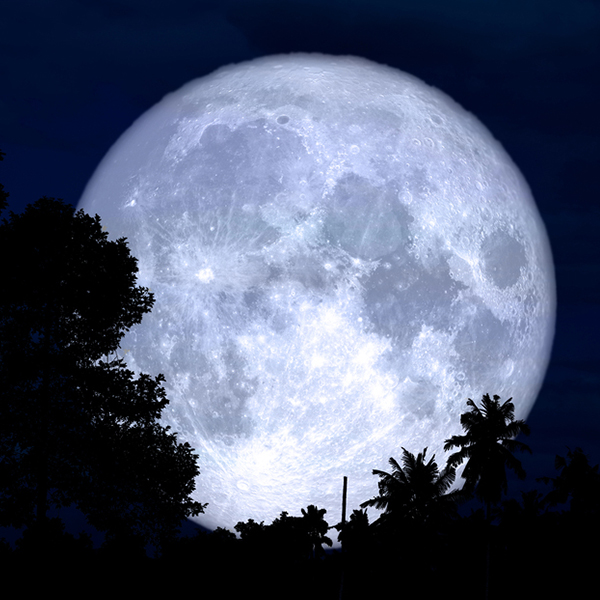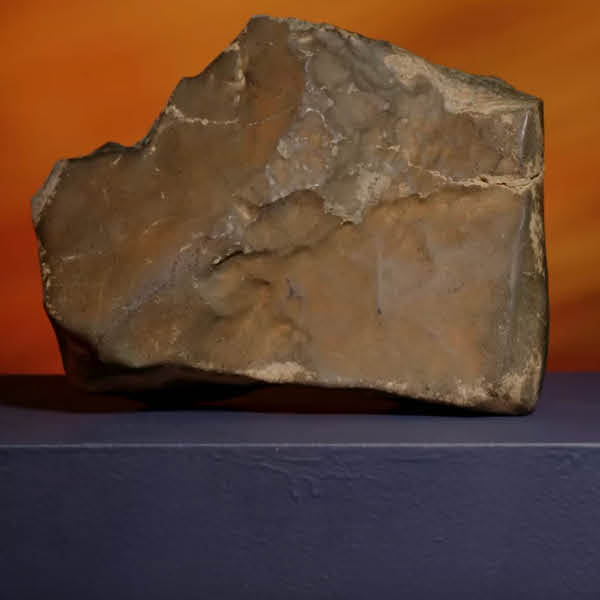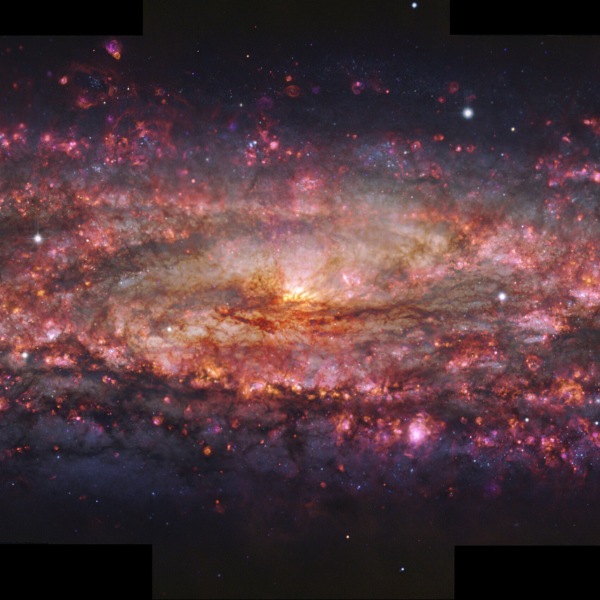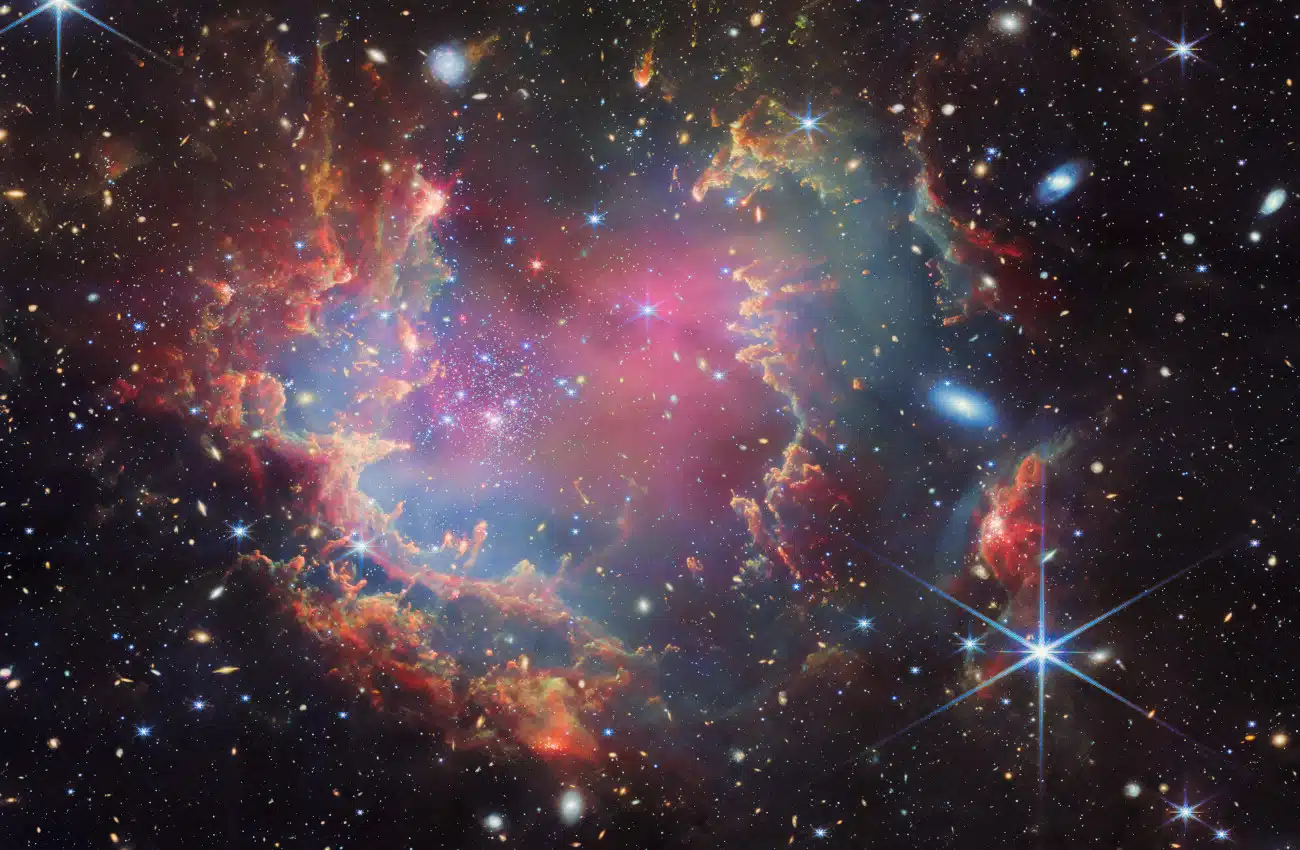
Photo: NASA/ESA/CSA James Webb Space Telescope
The Small Magellanic Cloud is one of the most distant objects visible to the naked eye from the Southern Hemisphere. Near the outskirts of this small galaxy, which is one of our Milky Way's closest neighbors, is NGC 602, a cluster of young stars that may shed some light on the early days of the universe. Recently, the James Webb Space Telescope photographed this key area of the sky, which will help scientists better understand how stars are formed.
The breathtaking image, shared by ESA/Webb, captures the cluster stars, the young stellar objects, and the surrounding gas and dust ridges. In the background, a large number of galaxies and other stars in the Small Magellanic Cloud can be appreciated.
Assembled with data from Webb’s Near-InfraRed Camera (NIRCam) and Mid-InfraRed Instrument (MIRI), the image presents an environment with very low abundances of elements heavier than hydrogen and helium. The dark clouds of dense dust, as well as the fact that the NGC 602 is rich in ionized gas, signal that there are ongoing star formation processes. These will help astronomers learn more about how stars are born in different conditions to those near the Solar System.
The image also shows the candidates for the first young brown dwarfs spotted beyond our Milky Way. Brown dwarfs, also known as “failed stars,” are elusive objects that are bigger than the largest known planets but not massive enough to sustain nuclear fusion like stars. They are not gravitationally bound to a star as exoplanets are either. “Brown dwarfs seem to form in the same way as stars, they just don't capture enough mass to become a fully fledged star,” astronomer Peter Zeidler said in a statement. “Our results fit well with this theory.”
“This discovery highlights the power of using both Hubble and Webb to study young stellar clusters,” explains Antonella Nota, executive director of the International Space Science Institute in Switzerland. “Hubble showed that NGC602 harbors very young low mass stars, but only with Webb we can finally see the extent and the significance of the substellar mass formation in this cluster. Hubble and Webb are an amazingly powerful telescope duo!”
Recently, the James Webb Space Telescope photographed NGC 602, a cluster of young stars on the edge of the Small Magellanic Cloud.
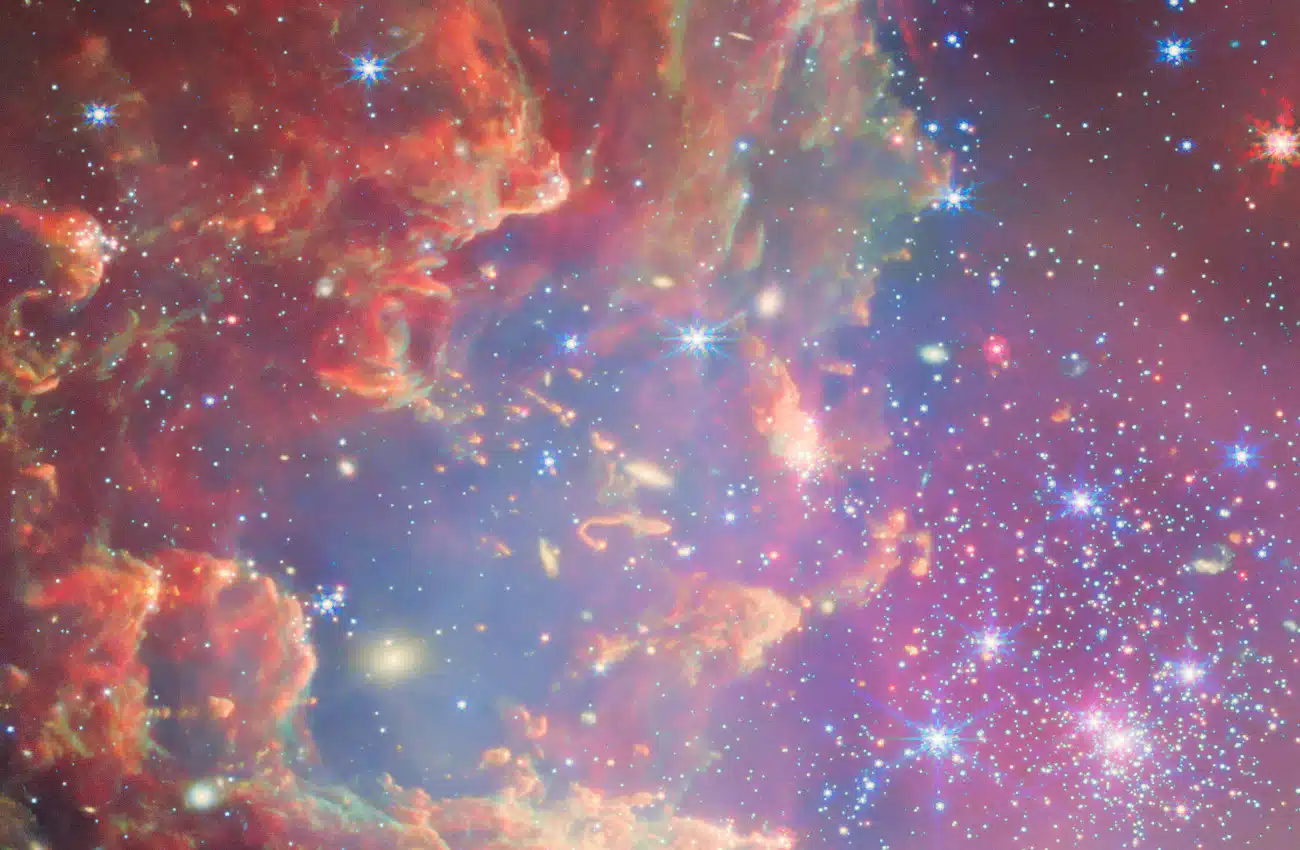
Photo: NASA/ESA/CSA James Webb Space Telescope
The breathtaking image, shared by ESA/Webb captures the cluster of stars, the young stellar objects, and the surrounding gas and dust ridges.
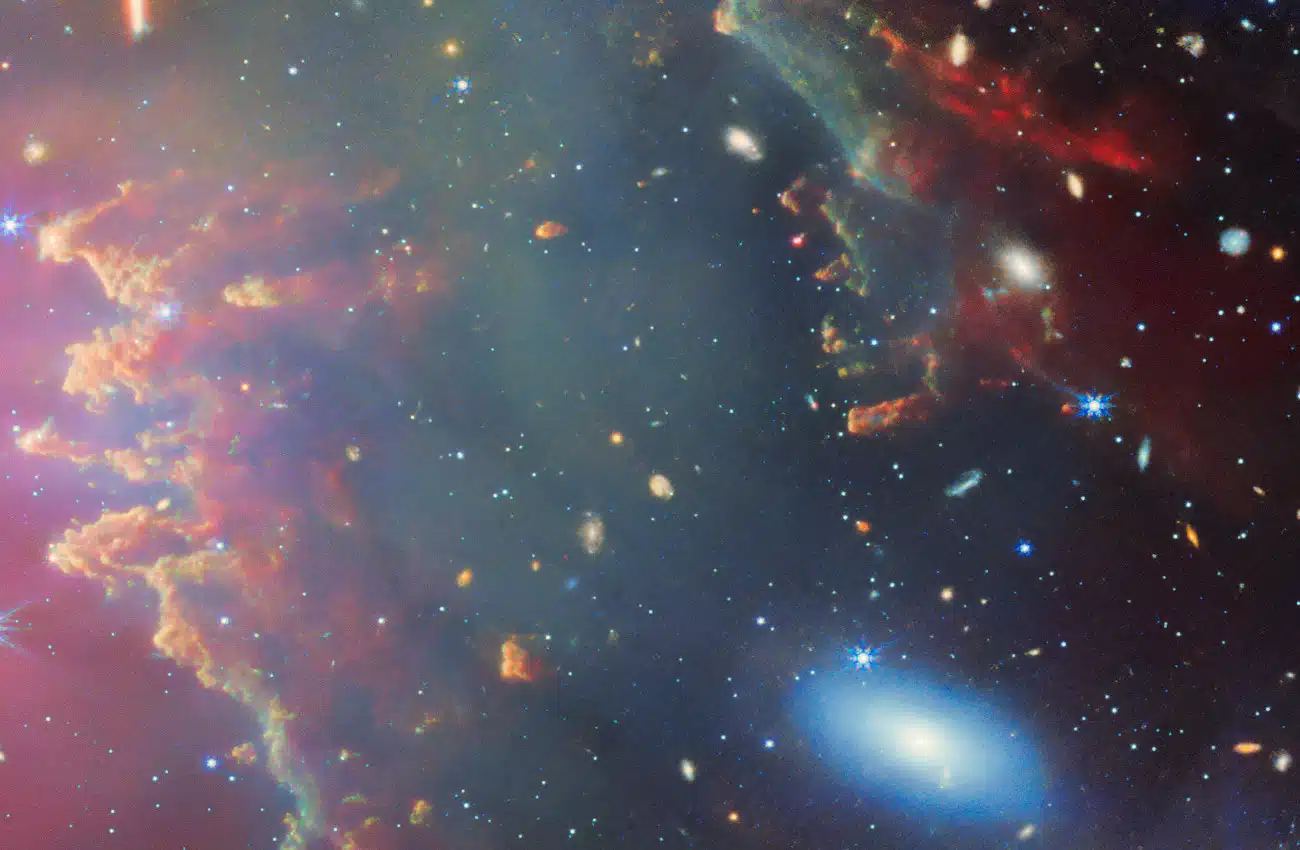
Photo: NASA/ESA/CSA James Webb Space Telescope
In the background, a large number of galaxies and other stars in the Small Magellanic Cloud can be appreciated.
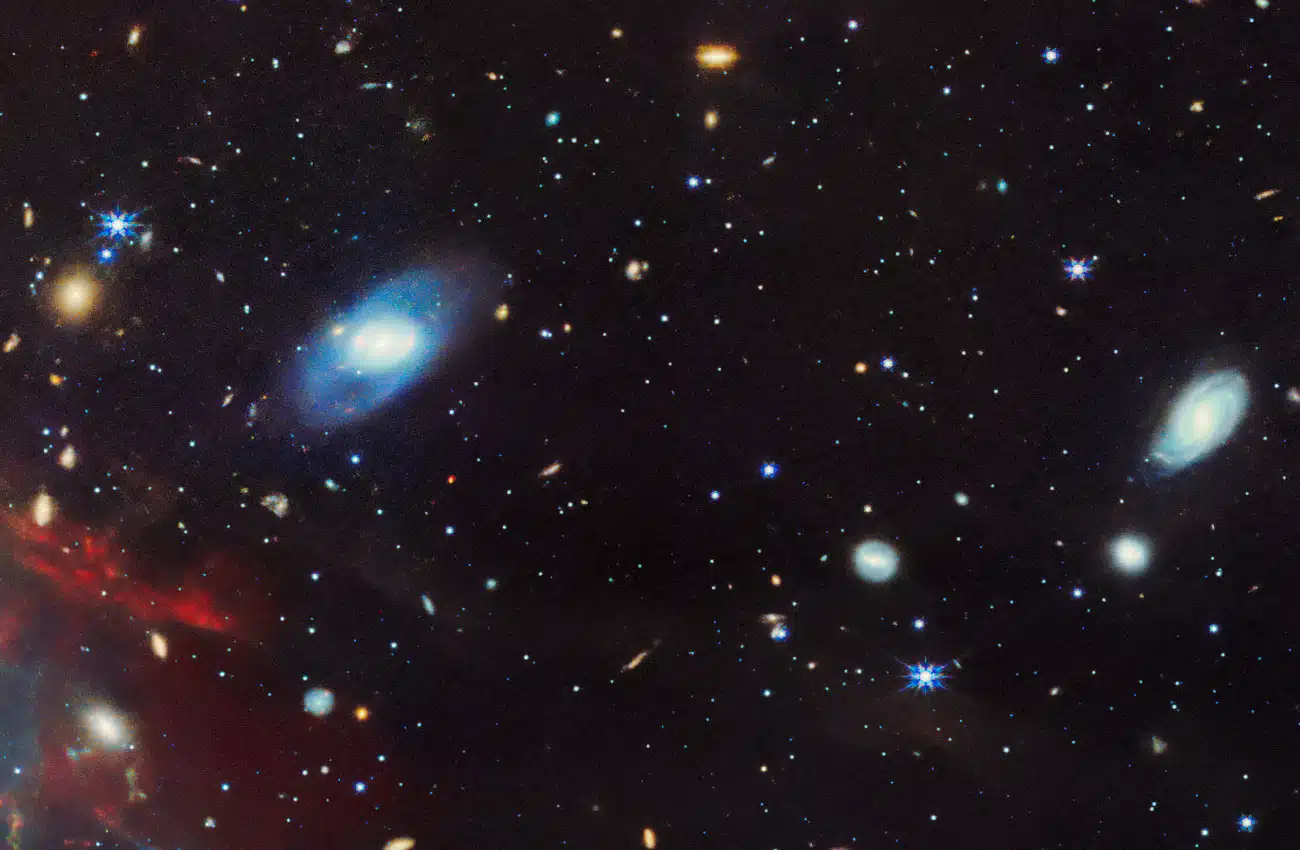
Photo: NASA/ESA/CSA James Webb Space Telescope
Assembled with data from Webb’s Near-InfraRed Camera (NIRCam) and Mid-InfraRed Instrument (MIRI), the image presents an environment with very low abundances of elements heavier than hydrogen and helium.

Photo: NASA/ESA/CSA James Webb Space Telescope
The image also shows the candidates for the first young brown dwarfs (aka “failed stars”) spotted beyond our Milky Way.
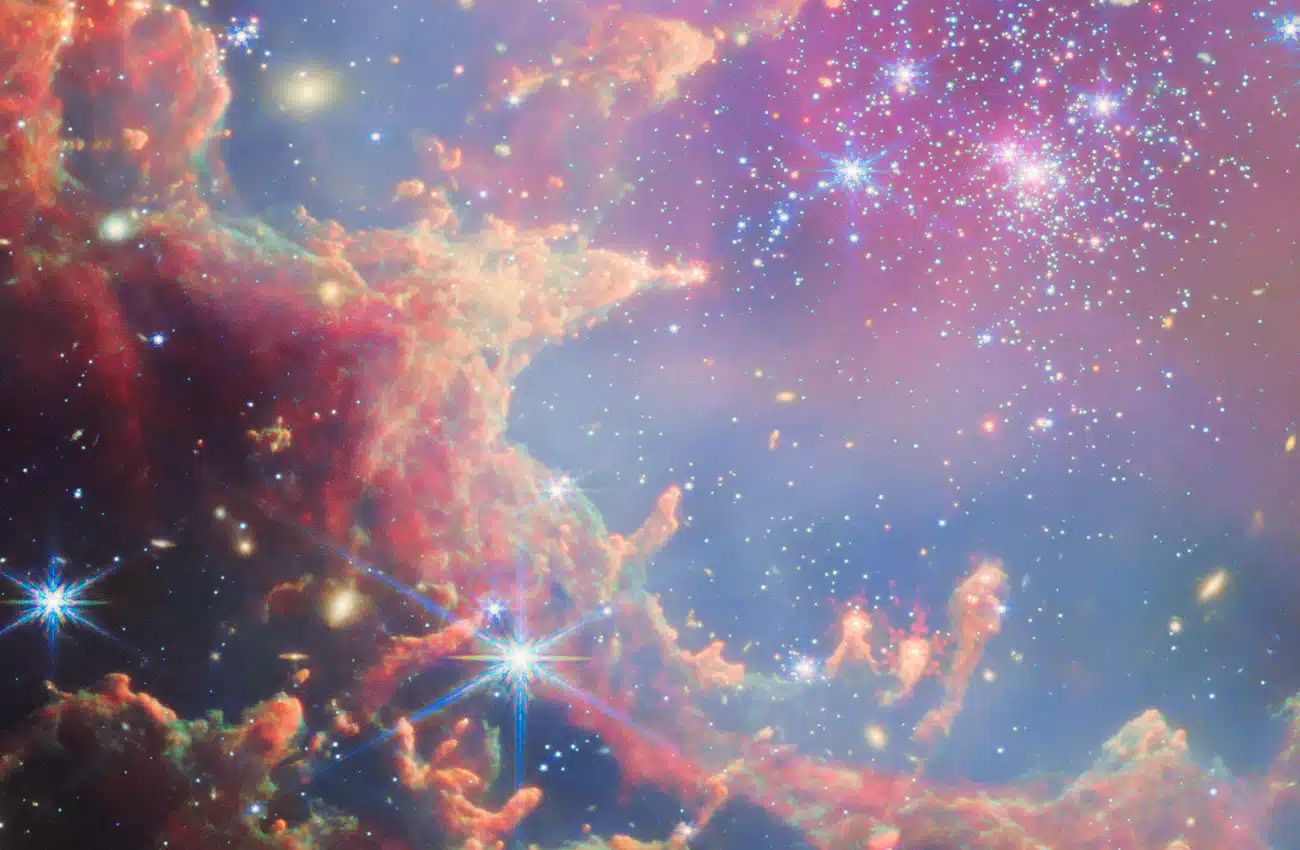
Photo: NASA/ESA/CSA James Webb Space Telescope
ESA Webb: Website | Instagram
All images via European Space Agency.
Related Articles:
James Webb Space Telescope Captures Earliest and Most Distant Galaxies Known by Scientists
James Webb Space Telescope’s Findings Confirm We Know Very Little About Our Universe
Webb Telescope Discovers Molecules Only Made By Living Organisms on Exoplanet
James Webb Space Telescope Captures the Ring Nebula in Stunning New Images











































































